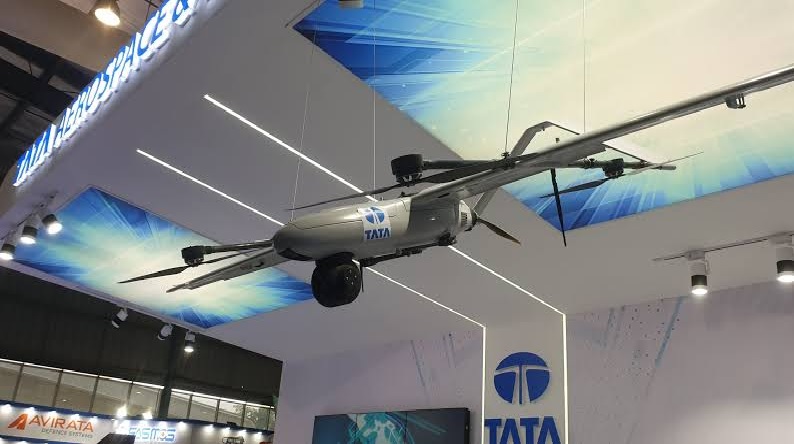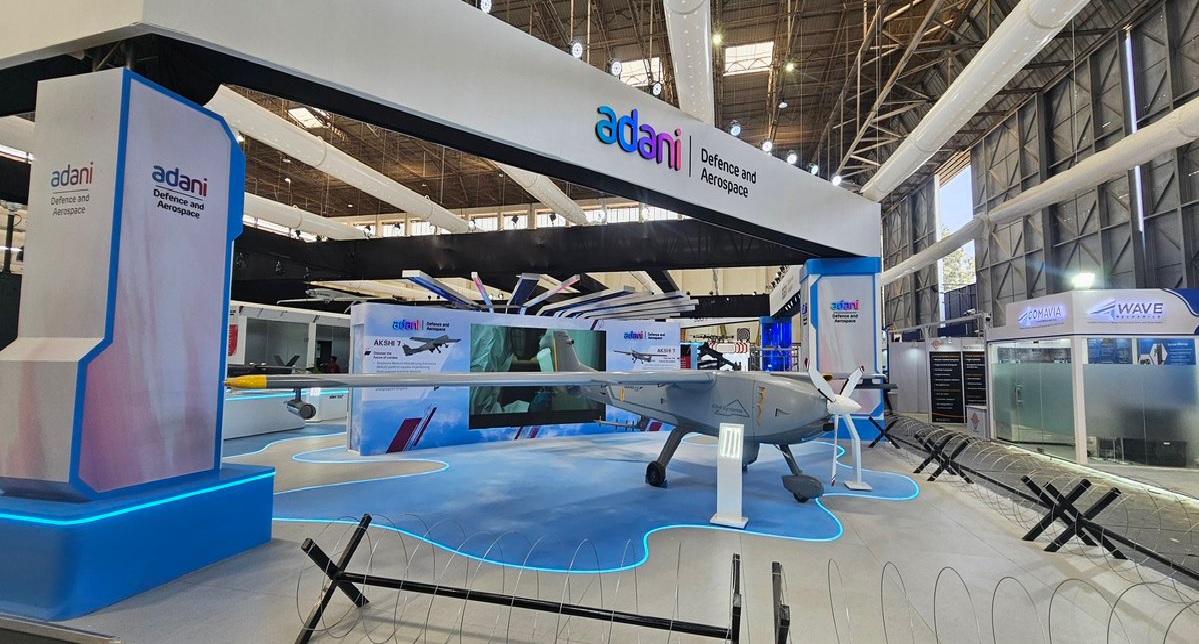TATA Advanced Systems Unveils 250 Km-Range Loitering Suicide Drone for LAC Operations

Tata Advanced Systems Limited (TASL) has recently introduced the ALS-50, an indigenously developed loitering munition, commonly referred to as a "suicide drone." This advanced system is designed to enhance India's defense capabilities, particularly along the Line of Actual Control (LAC).
Key Features and Specifications
-
Design and Dimensions: The ALS-50 boasts a length of 2.4 meters and a wingspan of 3.8 meters, with a maximum take-off weight of 50 kilograms. Its compact design facilitates deployment in diverse terrains.
-
Vertical Take-Off and Landing (VTOL): One of the standout features of the ALS-50 is its VTOL capability. It can launch vertically like a quadcopter and seamlessly transition into fixed-wing flight mode, allowing it to cover extended distances efficiently.
-
Operational Range and Endurance: The drone has an operational range exceeding 50 kilometers and can remain airborne for over an hour, providing ample time for target acquisition and engagement.
-
Payload Capacity: Equipped to carry anti-personnel and anti-armor warheads weighing up to 6 kilograms, the ALS-50 is versatile in neutralizing various threats.
-
Precision Targeting: The system features a chin-mounted electro-optic/infrared (EO/IR) turret, enabling real-time intelligence, surveillance, and reconnaissance. During tests, it demonstrated a targeting precision within two meters, ensuring high accuracy in strike missions.
Adaptability to Challenging Terrains
The ALS-50 is engineered to operate in diverse environments, including high-altitude and mountainous regions. Its VTOL capability allows it to be deployed from confined spaces such as narrow valleys, fortified mountain positions, small jungle clearings, and even the decks of naval vessels.
Operational Flexibility
This loitering munition offers multiple operational modes:
- Fully Autonomous: The drone can independently conduct missions without human intervention.
- Semi-Autonomous: Operators can oversee and control specific aspects of the mission as needed.
- Loitering: The ALS-50 can hover over a designated area, monitoring and waiting for the optimal moment to strike.
- Attack: Upon identifying a target, it can execute a precision strike.
- Return Home: If a mission is aborted or upon completion, the drone can safely return to its launch point.
Rigorous Testing and Deployment
The ALS-50 has undergone extensive testing in extreme conditions, including high-altitude areas in Ladakh and the hot climates of Rajasthan. Notably, during trials at the Pokhran firing ranges, it successfully demonstrated its strike capabilities by accurately hitting designated targets with its explosive warhead.
Strategic Significance
The induction of the ALS-50 into the Indian Air Force (IAF) marks a significant milestone in India's defense modernization efforts. By reducing reliance on foreign military imports, it aligns with the 'Make in India' initiative, promoting self-reliance in defense technology.
The ALS-50's advanced features and adaptability make it a formidable asset for precision strikes, especially in challenging terrains along the LAC. Its development underscores India's commitment to enhancing its indigenous defense capabilities.


